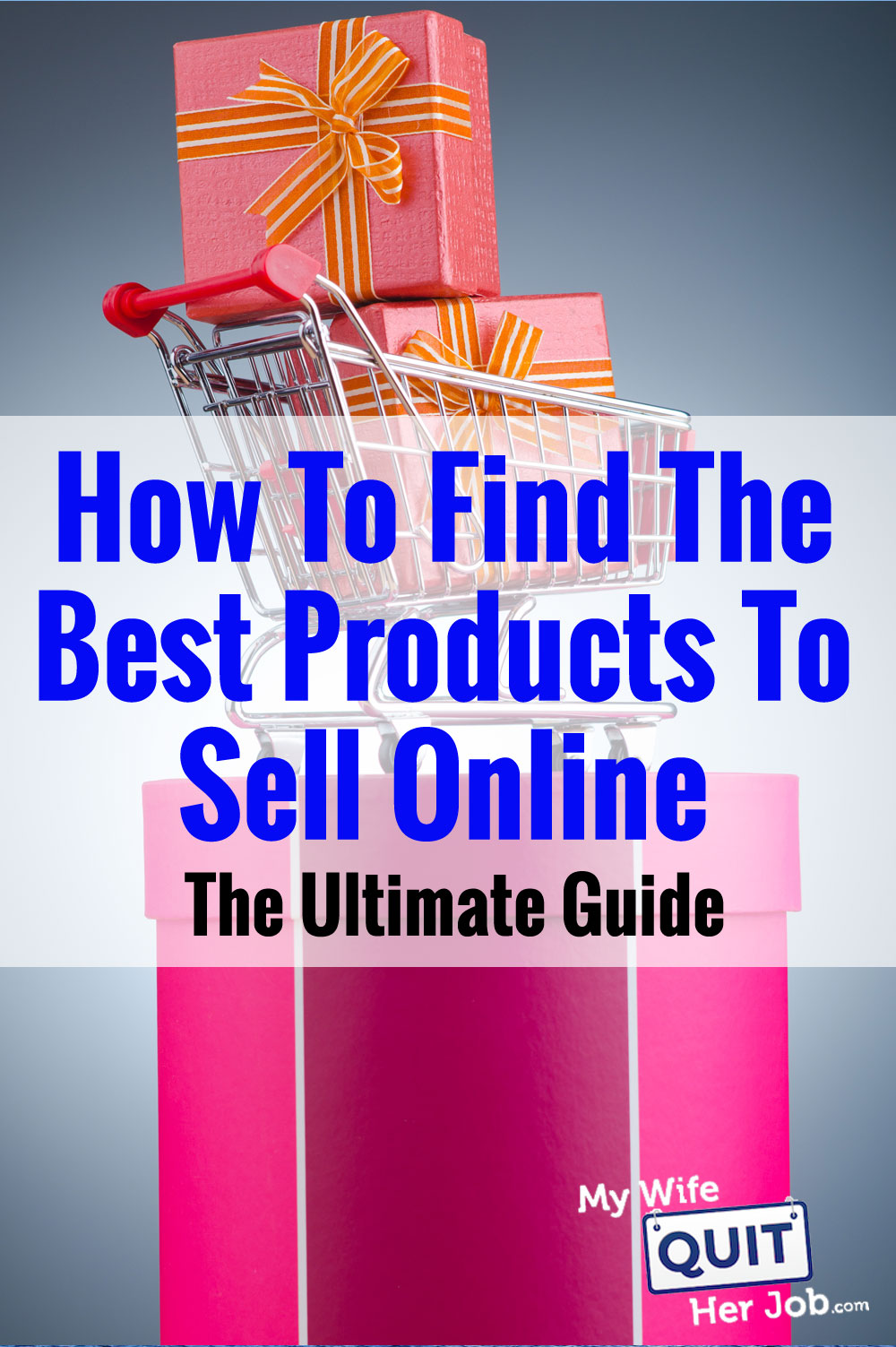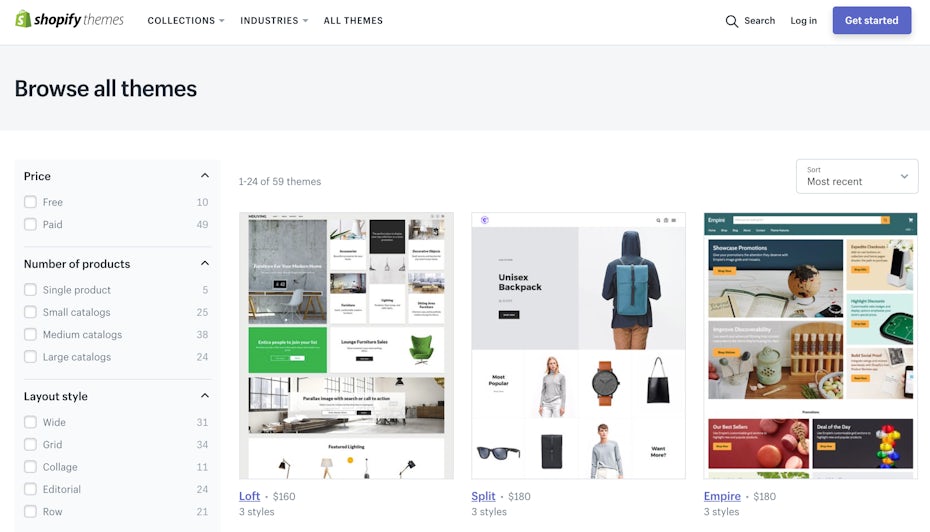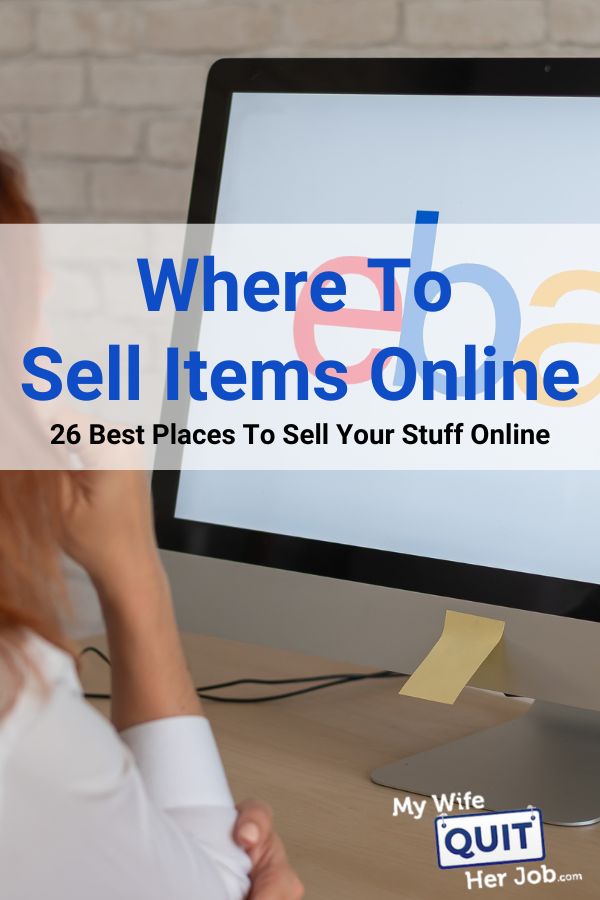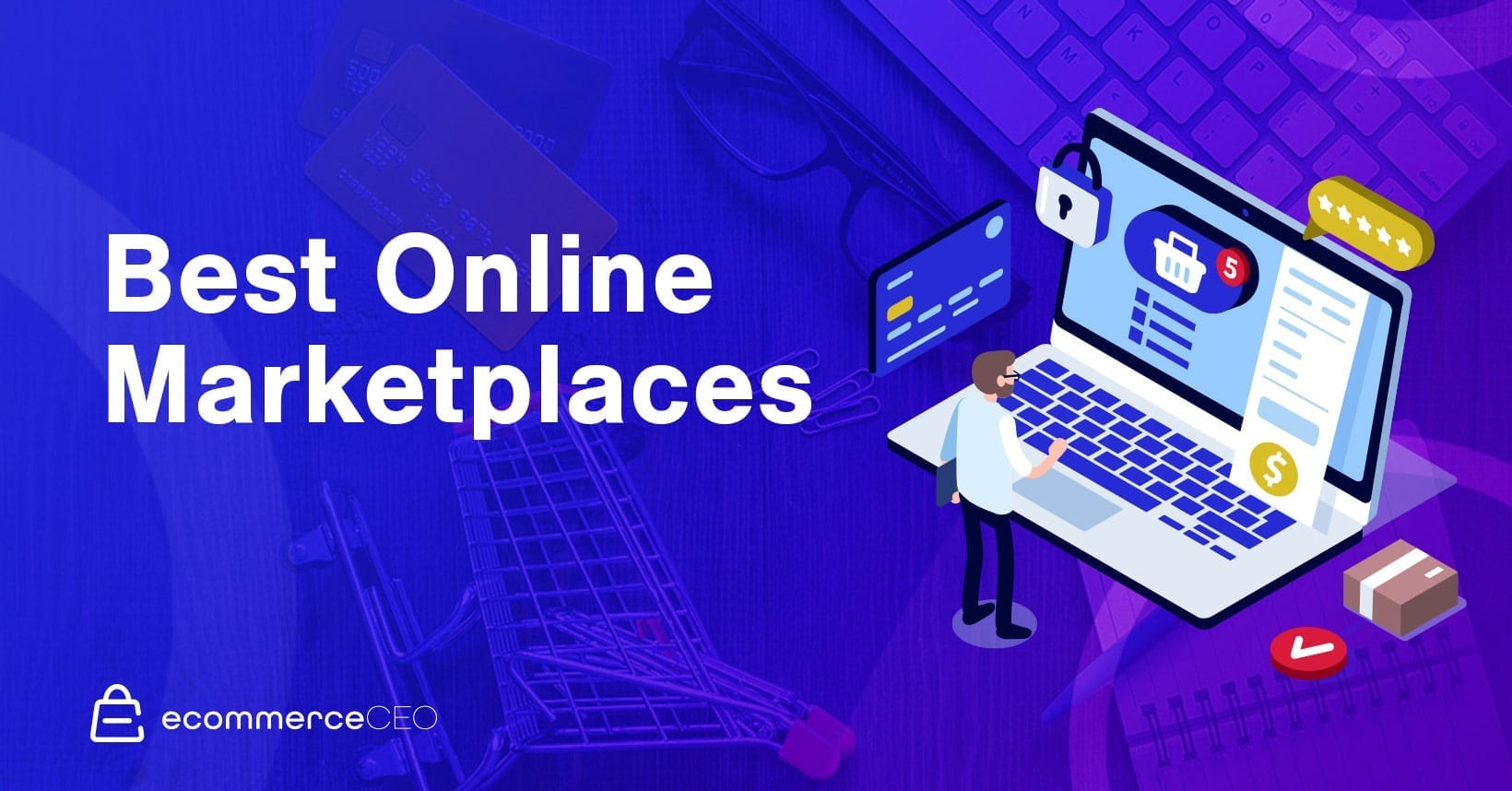Why Selling Online is a Game-Changer for Your Business
Selling online has revolutionized the way businesses operate, providing unparalleled opportunities for growth and expansion. By having an online presence, companies can reach a vast and diverse customer base, increasing their potential for sales and revenue. The internet has made it possible for businesses to transcend geographical boundaries, allowing them to connect with customers from all over the world.
The demand for e-commerce is growing exponentially, with more and more consumers turning to online platforms to make purchases. According to recent statistics, the global e-commerce market is projected to reach $4.9 trillion by 2023, with an estimated 2.1 billion digital buyers worldwide. This staggering growth highlights the importance of having an online presence for businesses looking to stay competitive.
One of the most significant advantages of selling online is the flexibility it offers. With an online store, businesses can operate 24/7, allowing customers to make purchases at their convenience. This flexibility also extends to the business owner, who can manage their store and fulfill orders from anywhere with an internet connection.
In addition to increased reach and flexibility, selling online also offers the potential for higher profits. With lower overhead costs compared to traditional brick-and-mortar stores, businesses can allocate more resources to marketing and product development. Furthermore, online stores can be optimized for maximum visibility, using search engine optimization (SEO) techniques to attract organic traffic and increase sales.
When it comes to finding the best place to sell items online, businesses have a multitude of options to choose from. Popular marketplaces like Amazon, eBay, and Etsy offer a vast customer base and established infrastructure, making it easy for businesses to get started. However, businesses can also create their own independent online stores using platforms like Shopify or WooCommerce, providing more control over branding and customer experience.
Ultimately, selling online is a game-changer for businesses, offering unparalleled opportunities for growth, flexibility, and profit. By understanding the benefits of e-commerce and leveraging the right online platforms, businesses can stay ahead of the competition and thrive in the digital age. Whether you’re looking to expand your existing business or start a new venture, selling online is an opportunity you can’t afford to miss.
How to Choose the Best Online Marketplace for Your Products
When it comes to finding the best place to sell items online, businesses have a multitude of options to choose from. With so many online marketplaces available, it can be overwhelming to decide which one is right for your products. To make an informed decision, it’s essential to consider several factors, including fees, target audience, competition, and payment options.
Fees are a critical consideration when choosing an online marketplace. Different platforms charge varying fees for listing, selling, and shipping products. For example, Amazon charges a selling plan fee, a referral fee, and a shipping fee, while eBay charges an insertion fee, a final value fee, and a PayPal payment processing fee. Understanding the fee structure of each marketplace can help you determine which one is most cost-effective for your business.
Another crucial factor to consider is the target audience of each marketplace. Different platforms cater to specific demographics, interests, and shopping habits. For instance, Etsy is ideal for businesses selling handmade, vintage, or unique items, while Amazon is better suited for businesses selling a wide range of products, including electronics, clothing, and home goods. Understanding your target audience and matching it with the right marketplace can help you increase sales and visibility.
Competition is also a significant consideration when choosing an online marketplace. Some platforms, like Amazon, have a massive customer base, but also intense competition from established sellers. Other platforms, like eBay, may have less competition, but also fewer customers. Understanding the level of competition on each marketplace can help you determine which one is right for your business.
Payment options are also an essential factor to consider. Different marketplaces offer various payment options, including PayPal, credit cards, and bank transfers. Understanding the payment options available on each platform can help you determine which one is most convenient for your customers and your business.
Popular online marketplaces like Amazon, eBay, and Etsy offer a range of benefits, including a large customer base, established infrastructure, and trusted payment systems. However, businesses can also create their own independent online stores using platforms like Shopify or WooCommerce, providing more control over branding and customer experience.
Ultimately, the best place to sell items online is one that aligns with your business goals, target audience, and product offerings. By considering fees, target audience, competition, and payment options, businesses can make an informed decision and choose the online marketplace that is right for them.
The Pros and Cons of Selling on Amazon
Amazon is one of the most popular online marketplaces, with over 300 million active customers worldwide. Selling on Amazon can be a lucrative opportunity for businesses, but it’s essential to understand the pros and cons of using this platform.
One of the significant advantages of selling on Amazon is its massive customer base. With so many potential customers, businesses can increase their visibility and sales. Additionally, Amazon’s trusted brand and reputation can help build credibility for sellers. Amazon’s Fulfillment by Amazon (FBA) program is also a significant benefit, allowing businesses to store and ship their products from Amazon’s warehouses, which can help streamline the shipping and fulfillment process.
However, selling on Amazon also has its drawbacks. One of the main disadvantages is the competitive pricing. With so many sellers on the platform, prices can be driven down, making it challenging for businesses to maintain profit margins. Additionally, Amazon’s strict policies and rules can be overwhelming for some sellers, and failure to comply can result in account suspension or termination.
Another con of selling on Amazon is the fees. Amazon charges a selling plan fee, a referral fee, and a shipping fee, which can eat into a business’s profit margins. Furthermore, Amazon’s return policy can be a challenge for some sellers, as customers can return products easily, which can result in lost sales and revenue.
Despite these cons, many businesses find that the benefits of selling on Amazon outweigh the drawbacks. To succeed on Amazon, businesses need to be aware of the platform’s rules and policies, optimize their product listings for maximum visibility, and provide excellent customer service.
Amazon’s FBA program is also a significant advantage for businesses. By using FBA, businesses can store and ship their products from Amazon’s warehouses, which can help streamline the shipping and fulfillment process. Additionally, FBA can help businesses save time and money on shipping and handling, which can be reinvested in marketing and product development.
Ultimately, selling on Amazon can be a great opportunity for businesses, but it’s essential to understand the pros and cons of using this platform. By being aware of the advantages and disadvantages, businesses can make an informed decision and create a successful online sales strategy.
Reaching a Niche Audience with Specialized Marketplaces
While general marketplaces like Amazon and eBay can be a great way to reach a broad audience, specialized marketplaces can be a more effective way to reach a niche audience. These platforms cater to specific audiences and products, providing a more targeted and focused selling experience.
Etsy, for example, is a popular marketplace for handmade and vintage items. With over 90 million active buyers, Etsy provides a unique opportunity for sellers to showcase their unique and handmade products. Etsy’s focus on handmade and vintage items also means that sellers can connect with customers who are specifically looking for these types of products.
Ruby Lane is another specialized marketplace that caters to buyers and sellers of vintage and antique items. With a focus on high-end and rare items, Ruby Lane provides a platform for sellers to showcase their unique and valuable products. Ruby Lane’s audience is also highly targeted, with buyers who are specifically looking for vintage and antique items.
Poshmark is a social commerce platform that allows users to buy and sell gently used clothing and accessories. With a strong focus on social sharing and community engagement, Poshmark provides a unique opportunity for sellers to connect with customers who are looking for gently used fashion items. Poshmark’s audience is also highly engaged, with users who are actively looking for new and gently used fashion items.
These specialized marketplaces provide a range of benefits for sellers, including a targeted audience, reduced competition, and increased visibility. By focusing on specific products and audiences, these platforms can help sellers connect with customers who are more likely to be interested in their products.
In addition to these benefits, specialized marketplaces can also provide a more personalized and engaging selling experience. By catering to specific audiences and products, these platforms can help sellers build a stronger connection with their customers and create a more loyal customer base.
When choosing a specialized marketplace, it’s essential to consider the fees, target audience, and competition. Each platform has its own unique features and benefits, so it’s crucial to research and compare the different options to find the best fit for your business.
By leveraging specialized marketplaces, sellers can reach a niche audience and increase their online sales. Whether you’re selling handmade items, vintage collectibles, or gently used fashion, there’s a specialized marketplace that can help you connect with customers who are looking for your products.
Creating a Successful Online Store with Shopify or WooCommerce
While selling on online marketplaces like Amazon and eBay can be a great way to reach a broad audience, creating an independent online store can provide more flexibility, customization options, and control over branding and customer experience. Two popular platforms for creating an online store are Shopify and WooCommerce.
Shopify is a comprehensive e-commerce platform that allows businesses to create an online store and sell products directly to customers. With Shopify, businesses can choose from a variety of templates and customize their store’s design and layout. Shopify also offers a range of payment gateways, shipping integrations, and inventory management tools, making it easy to manage and fulfill orders.
WooCommerce is a popular e-commerce plugin for WordPress, allowing businesses to turn their website into an online store. With WooCommerce, businesses can create a customizable online store and sell products directly to customers. WooCommerce also offers a range of extensions and integrations, including payment gateways, shipping providers, and inventory management tools.
Both Shopify and WooCommerce offer a range of benefits for businesses, including flexibility, customization options, and control over branding and customer experience. By creating an independent online store, businesses can build a stronger brand and connect with customers on a more personal level.
One of the main advantages of creating an independent online store is the ability to customize the design and layout of the store. With Shopify and WooCommerce, businesses can choose from a variety of templates and customize the look and feel of their store to match their brand. This can help to build trust and credibility with customers and create a more engaging shopping experience.
Another benefit of creating an independent online store is the ability to control the customer experience. With Shopify and WooCommerce, businesses can create a seamless and intuitive shopping experience, from product discovery to checkout. This can help to increase customer satisfaction and loyalty, and ultimately drive sales and revenue.
In addition to these benefits, creating an independent online store can also provide more flexibility and scalability. With Shopify and WooCommerce, businesses can easily add new products, manage inventory, and fulfill orders. This can help to streamline operations and reduce costs, making it easier to grow and scale the business.
When creating an independent online store, it’s essential to consider the fees, target audience, and competition. Both Shopify and WooCommerce offer a range of pricing plans, so it’s crucial to choose the plan that best fits your business needs. Additionally, businesses should research their target audience and competition to ensure that their online store meets the needs of their customers.
By creating an independent online store with Shopify or WooCommerce, businesses can build a stronger brand, connect with customers on a more personal level, and drive sales and revenue. Whether you’re just starting out or looking to expand your online presence, creating an independent online store can be a great way to take your business to the next level.
Utilizing Social Media to Drive Sales and Traffic
Social media has become an essential tool for businesses to drive sales and traffic to their online marketplaces or independent stores. With billions of users on platforms like Instagram, Facebook, and Pinterest, social media provides a vast audience for businesses to showcase their products and engage with customers.
One of the most effective ways to utilize social media is to create high-quality content that showcases products in a visually appealing way. This can include high-quality images, videos, and product demos. By creating engaging content, businesses can capture the attention of potential customers and drive traffic to their online store.
Instagram is a particularly effective platform for businesses to showcase their products. With its visual-centric format, Instagram allows businesses to create high-quality content that showcases their products in a lifestyle setting. By using relevant hashtags and tagging relevant influencers, businesses can increase their visibility and reach a wider audience.
Facebook is another popular platform for businesses to drive sales and traffic. With its vast user base and targeted advertising options, Facebook provides businesses with a range of tools to reach their target audience. By creating targeted ads and promoting products to specific demographics, businesses can increase their visibility and drive sales.
Pinterest is a platform that is particularly well-suited for businesses that sell products that are visually appealing. With its focus on images and videos, Pinterest allows businesses to create high-quality content that showcases their products in a lifestyle setting. By using relevant keywords and hashtags, businesses can increase their visibility and drive traffic to their online store.
In addition to creating high-quality content, businesses can also utilize social media to engage with customers and build a community around their brand. By responding to comments and messages, businesses can build trust and loyalty with their customers and increase the chances of repeat business.
Another effective way to utilize social media is to run social media contests and giveaways. By offering discounts or free products, businesses can incentivize customers to share their content and increase their visibility. By running contests and giveaways, businesses can also build a sense of excitement and urgency around their brand, which can drive sales and traffic.
When utilizing social media to drive sales and traffic, it’s essential to track the performance of your content and adjust your strategy accordingly. By using analytics tools, businesses can track the engagement and conversion rates of their content and make data-driven decisions to optimize their social media strategy.
By leveraging social media, businesses can drive sales and traffic to their online marketplaces or independent stores. Whether you’re just starting out or looking to expand your online presence, social media provides a range of tools and opportunities to reach your target audience and increase your online sales.
Optimizing Your Listings for Maximum Visibility
When it comes to selling online, having a well-optimized product listing is crucial for maximum visibility and sales. A well-optimized listing can help your product stand out from the competition, increase your chances of being found by potential customers, and ultimately drive more sales.
One of the most important factors in optimizing your product listing is using relevant keywords. Keywords are the words and phrases that customers use to search for products like yours. By including relevant keywords in your product title, description, and tags, you can help your product show up in search results and increase your visibility.
High-quality images are also essential for optimizing your product listing. Images can help showcase your product in a lifestyle setting, demonstrate its features and benefits, and build trust with potential customers. Make sure to use high-quality images that are well-lit, in focus, and show your product from multiple angles.
Detailed descriptions are also crucial for optimizing your product listing. A detailed description can help provide customers with the information they need to make a purchasing decision, such as product features, benefits, and specifications. Make sure to include all relevant details about your product, including materials, sizes, colors, and more.
Customer reviews and ratings are also important for optimizing your product listing. Customer reviews can help build trust with potential customers, increase your credibility, and ultimately drive more sales. Encourage your customers to leave reviews and ratings by providing excellent customer service and following up with them after their purchase.
In addition to these factors, there are several other ways to optimize your product listing for maximum visibility. These include using relevant categories and subcategories, setting competitive prices, and utilizing promotions and discounts.
By optimizing your product listing, you can increase your visibility, drive more sales, and ultimately succeed in the competitive world of online sales. Whether you’re selling on Amazon, eBay, Etsy, or your own independent store, optimizing your product listing is crucial for success.
When optimizing your product listing, it’s also important to keep in mind the specific marketplace or platform you’re selling on. Each marketplace has its own unique rules and regulations, so make sure to familiarize yourself with these before optimizing your listing.
By following these tips and best practices, you can optimize your product listing for maximum visibility and drive more sales. Remember to always keep your target audience in mind, use relevant keywords and images, and provide detailed descriptions and customer reviews.
Streamlining Your Shipping and Fulfillment Process
Efficient shipping and fulfillment processes are crucial for online sales success. A well-organized shipping and fulfillment process can help you save time and money, reduce errors, and improve customer satisfaction. In this article, we will discuss the importance of efficient shipping and fulfillment processes and provide tips on how to streamline your shipping and fulfillment process.
Choosing a reliable shipping carrier is essential for efficient shipping and fulfillment. Research different shipping carriers and compare their rates, services, and reliability. Consider factors such as shipping speed, tracking, and insurance when selecting a shipping carrier.
Managing inventory is also critical for efficient shipping and fulfillment. Keep track of your inventory levels and ensure that you have enough stock to meet customer demand. Consider using inventory management software to help you track your inventory and automate your shipping process.
Handling returns and refunds is also an important part of the shipping and fulfillment process. Establish a clear return and refund policy and make sure to communicate it to your customers. Consider using a return merchandise authorization (RMA) system to help you manage returns and refunds efficiently.
In addition to these tips, consider using shipping and fulfillment software to help you streamline your shipping and fulfillment process. Shipping and fulfillment software can help you automate your shipping process, track your inventory, and manage your returns and refunds.
Another important aspect of shipping and fulfillment is packaging. Make sure to use sturdy and protective packaging materials to ensure that your products arrive safely at your customers’ doors. Consider using eco-friendly packaging materials to reduce your environmental impact.
Finally, consider offering free shipping or discounted shipping rates to your customers. Free shipping can be a major incentive for customers to make a purchase, and discounted shipping rates can help you stay competitive in the market.
By streamlining your shipping and fulfillment process, you can improve customer satisfaction, reduce errors, and increase your online sales. Remember to choose a reliable shipping carrier, manage your inventory effectively, handle returns and refunds efficiently, and use shipping and fulfillment software to automate your shipping process.
By following these tips, you can create a shipping and fulfillment process that is efficient, effective, and customer-friendly. This will help you to build trust with your customers, increase customer loyalty, and ultimately drive more sales and revenue for your online business.






